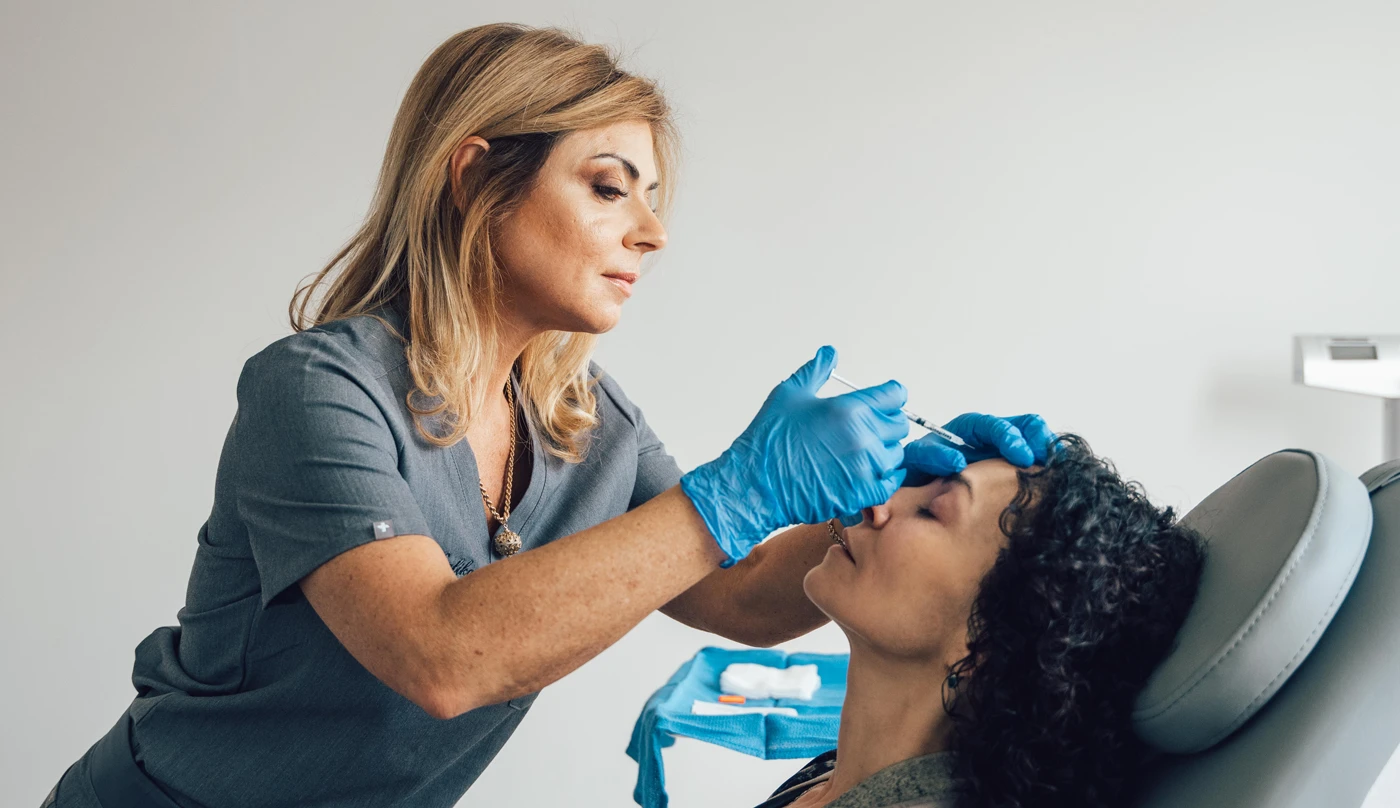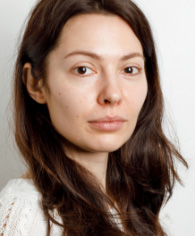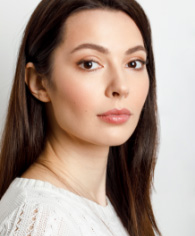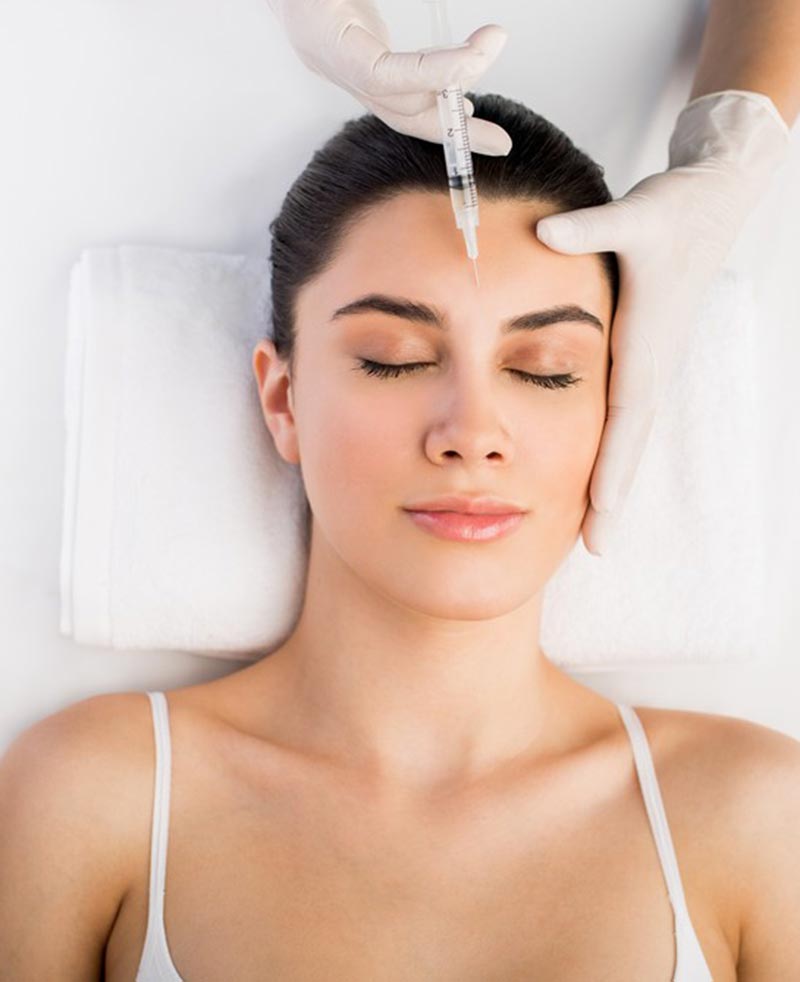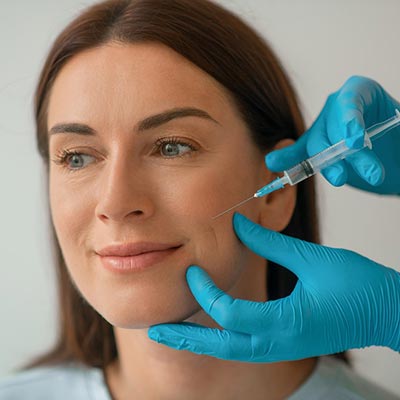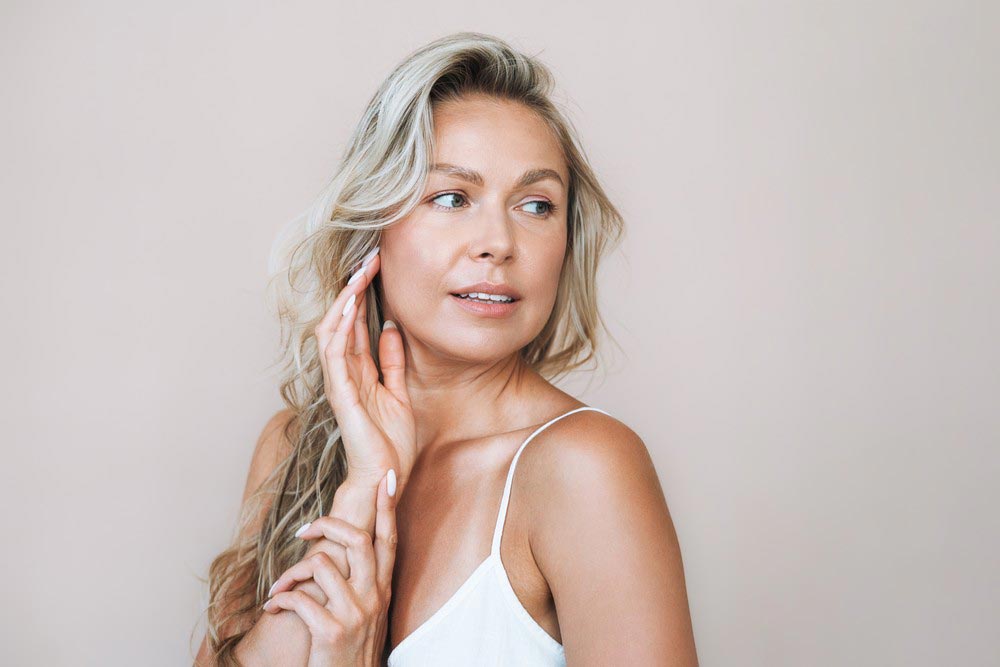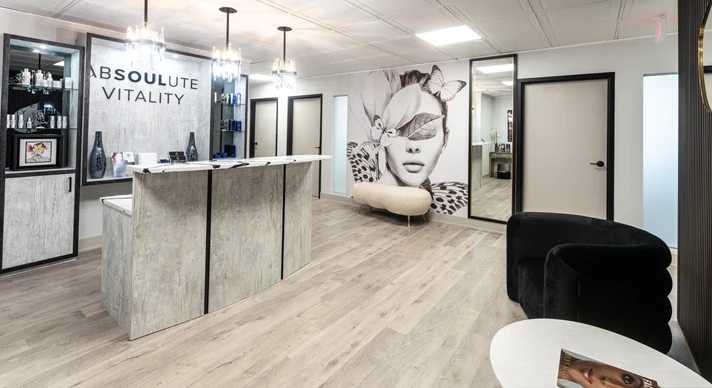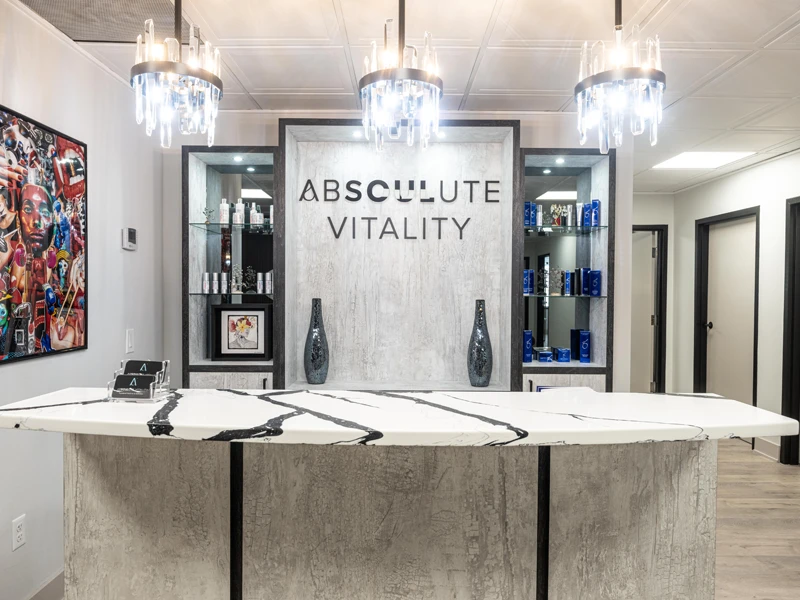BOTOX
Short for botulinum toxin, BOTOX (onabotulinum toxin A) is one of the most well-known wrinkle relaxers on the market. Since being released on the market in the early 90s, and then being FDA-approved for cosmetic use in 2002, BOTOX has become synonymous with wrinkle relaxer injections. Not only can it fill in wrinkles and fine lines (especially around the eyes and mouth), doctors have been using this product to treat involuntary eyelid twitching, muscle spasms, chronic migraines, incontinence, Hyperhidrosis (excessive sweating), and in some cases, has been able to help alleviate arthritis.
You should be able to notice the full effects of your BOTOX injections within about two weeks of your treatment and be able to enjoy them for two to six months, depending on how quickly your body naturally breaks down and absorbs the injectable. Patients who receive the treatment routinely tend to notice longer-lasting results after each additional injection.
DYSPORT
Dysport (Abobotulinum toxin A) is very similar to BOTOX and can often be interchanged with its “cousin injectable”. It is considered to be “lighter” as it is made using different processing technology. Dysport does tend to work faster and has slightly greater longevity than BOTOX, but it does have its limitations on where it can be injected. Currently, it has only been FDA-approved to be used on the Glabella lines (the vertical lines between your eyebrows) and for relaxing the muscle spasticity in your neck and limbs. While it’s not always the case, clinical observations have shown that sites injected with Dysport tend to have fewer wrinkles than those treated with BOTOX.
It typically takes about two weeks to reach its peak effects, but can then last about five months post-treatment. Also, if you are allergic to bovine products, Dysport may not be best for you as it does contain cow proteins.
